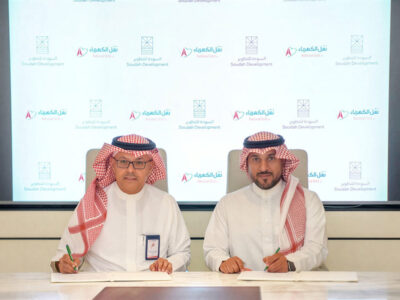Saudi Arabia, the world’s
top oil exporter, will step up its use of crude for power
generation in 2011, Saleh Alawaji, the country’s junior
electricity minister, said on Thursday, as the nation balances
use of a new oilfield against obligations to oil cartel OPEC.
Saudi oil industry figures showed the
kingdom estimated direct use of fuel for power generation to
rise to 540,000 bpd this year from 403,000 bpd last year.
“Our main sources are crude oil and natural gas, and the new
expansion of power plants this year will use more crude oil,”
Alawaji told reporters on the sidelines of an industry
conference in Singapore.
Using more crude to generate electricity allows the kingdom
to utilise fresh output from a major new oilfield while holding
firm to its OPEC commitments to curb exports. It also helps the
kingdom meet stricter environment rules.
Power generation capacity in the kingdom is likely to grow
by about 6 to 10 percent this year, while installed power
generation capacity, which now stands at 50 GW, would grow to 77
GW by 2020.
Peak power demand for the summer in 2010 was 45,000
megawatts (MW), he added, versus 41,000 MW in 2009.
Although sitting on the world’s biggest oil and gas
reserves, Saudi Arabia is struggling to keep pace with rapidly
rising power demand as petrodollars have fueled a region-wide
economic boom as well as rapid population growth.
And the kingdom is presently weighing up nuclear options
which it sees as a good option for power generation and
desalination despite the recent crisis in Japan, Alawaji said.
“It is too early to tell the impact of the Japan earthquake
on nuclear. There is no fail safe energy. Crude oil has its
risks too,” he said.
Saudi Arabia wants to cut domestic oil consumption over the
next several decades as it diversifies its energy mix.




